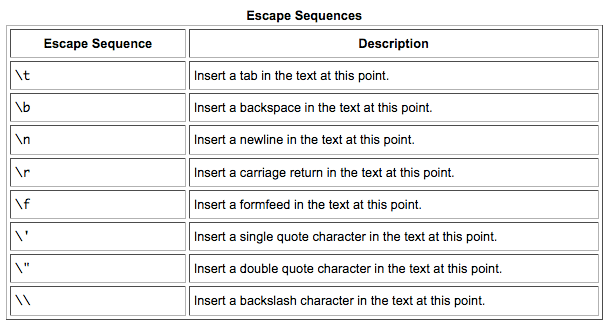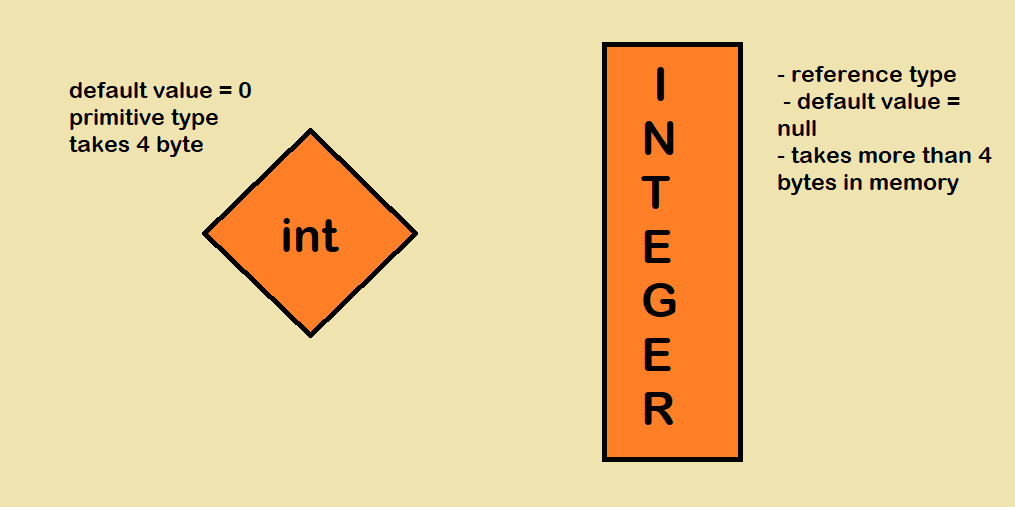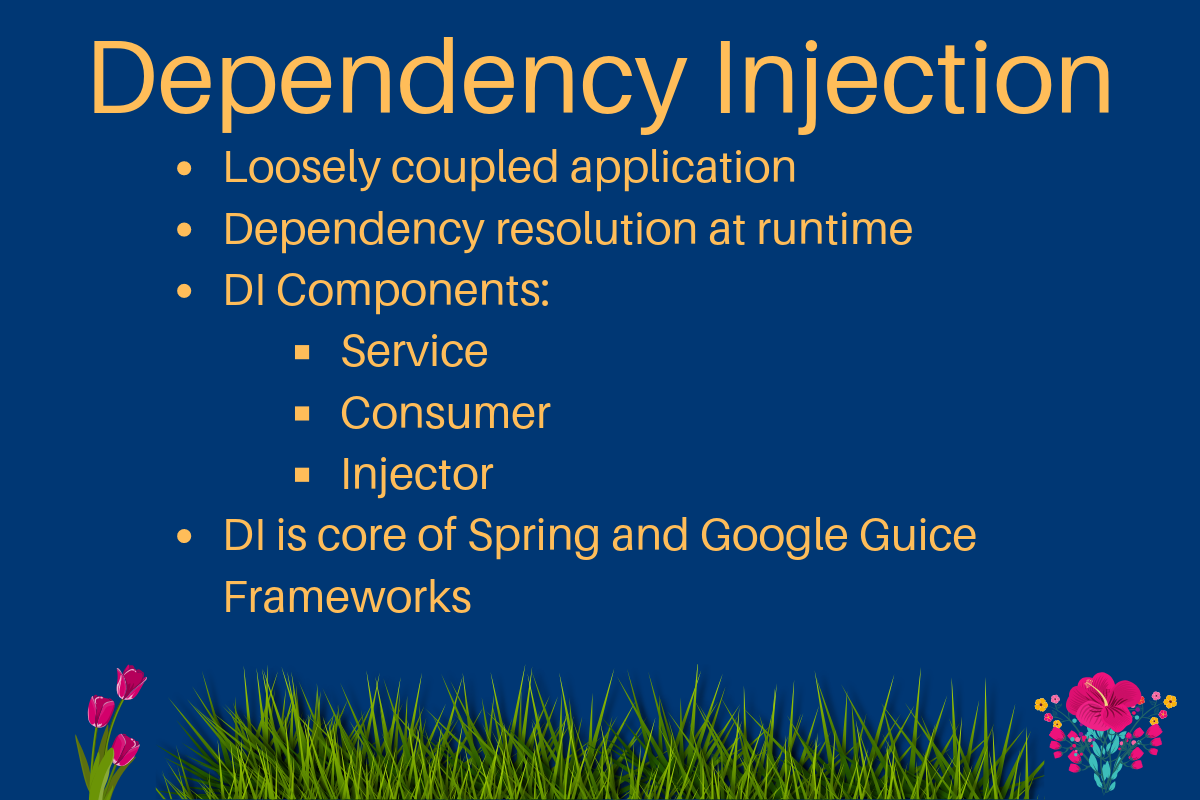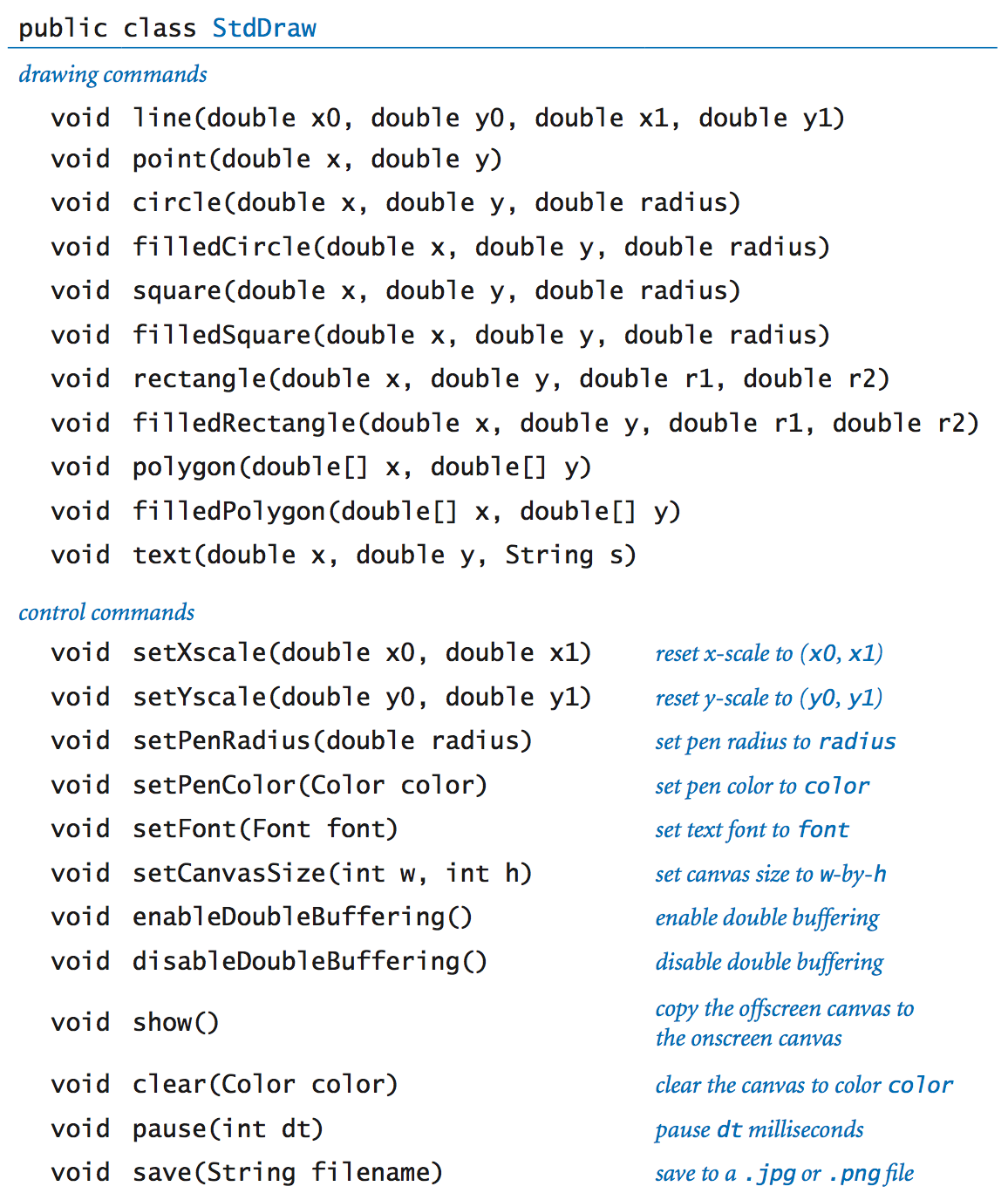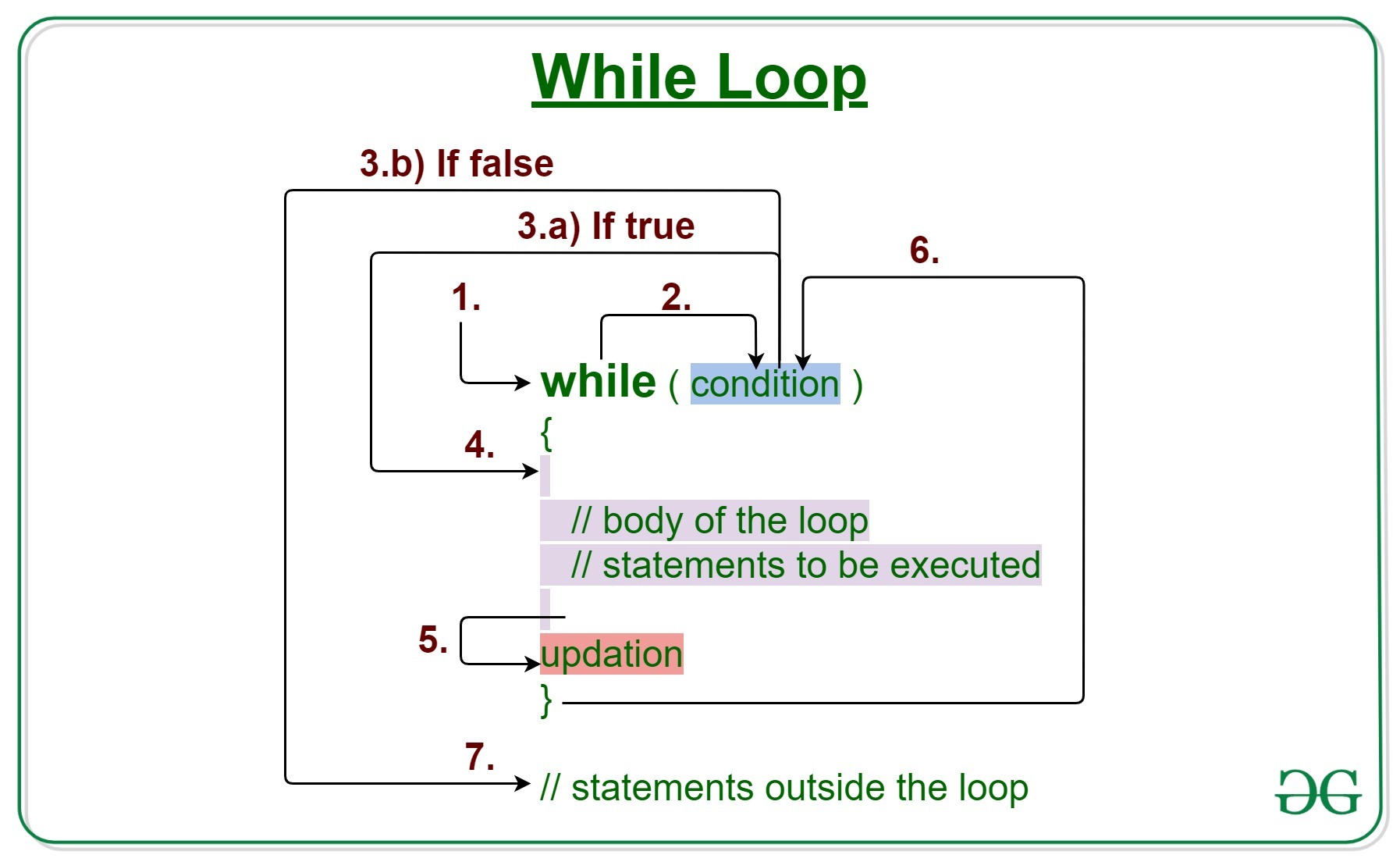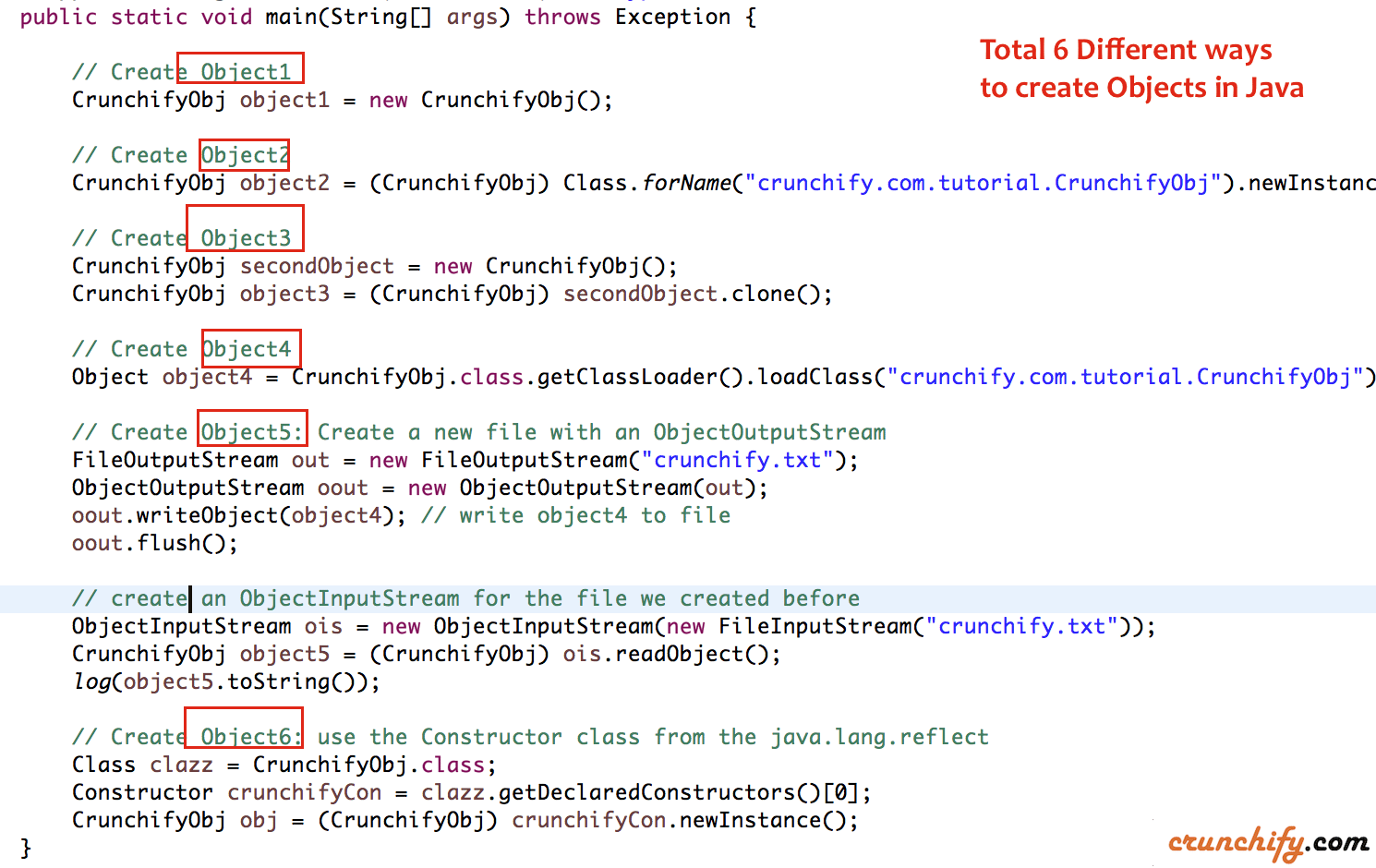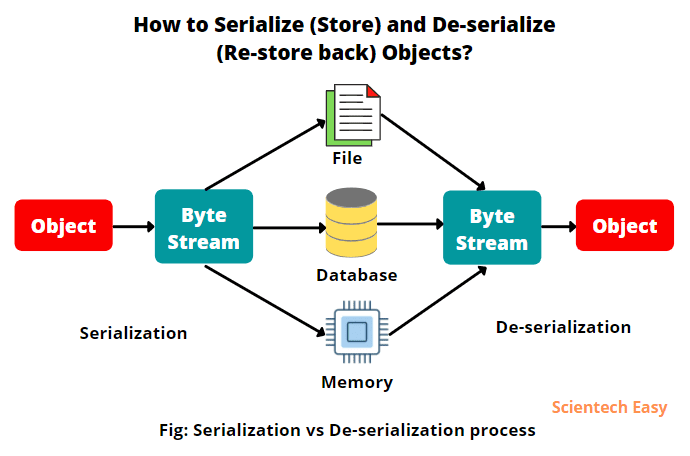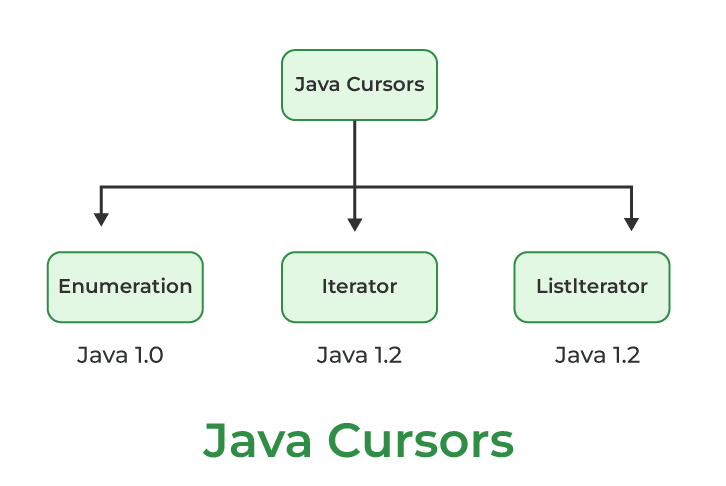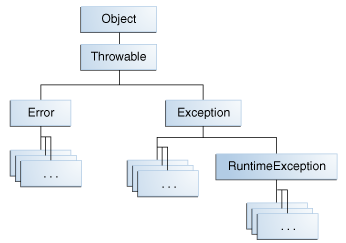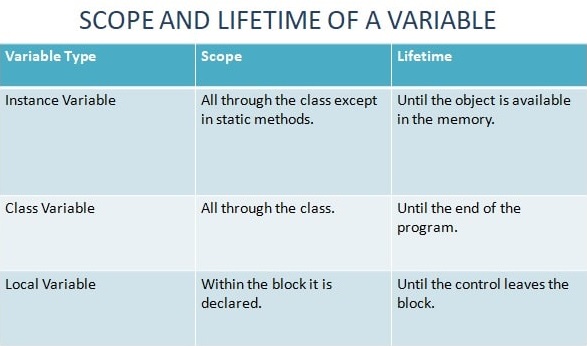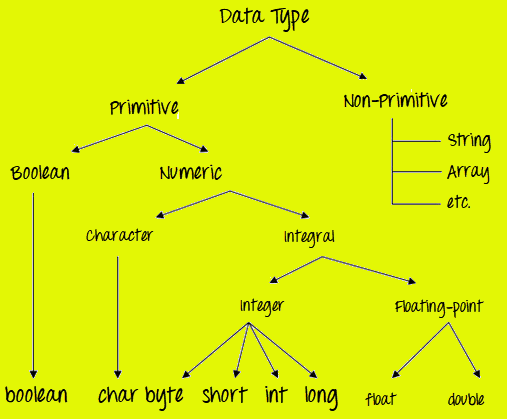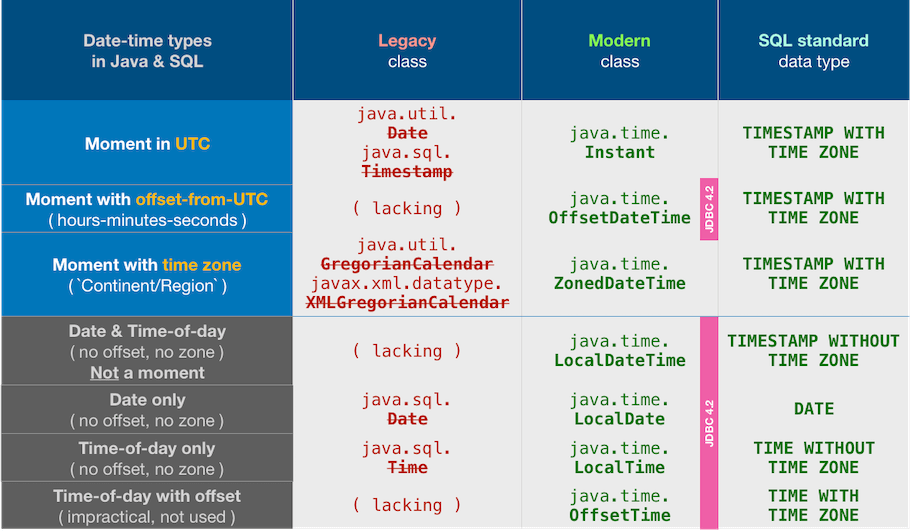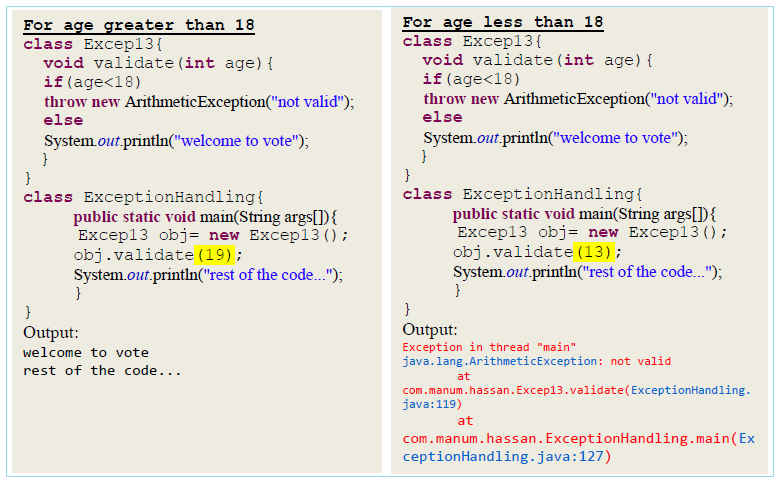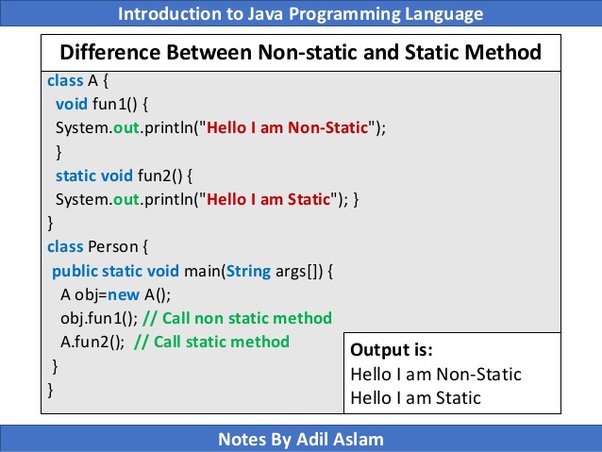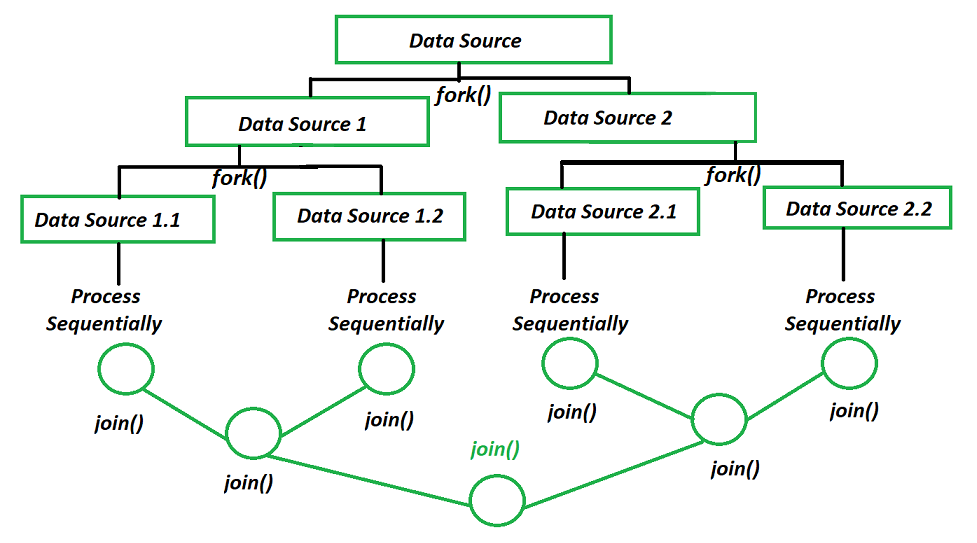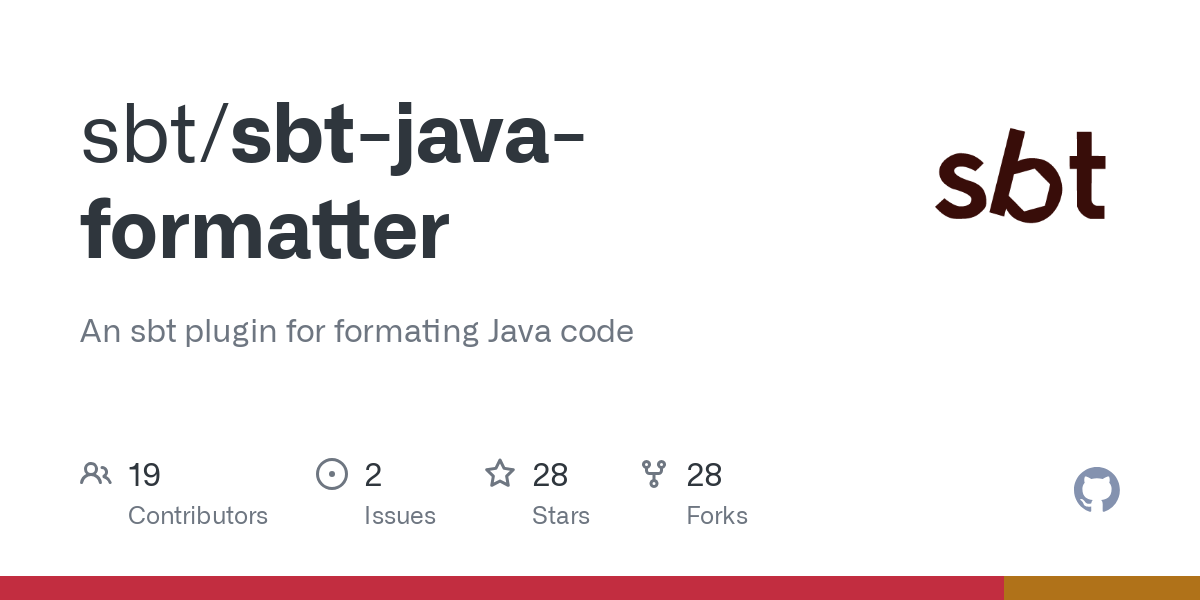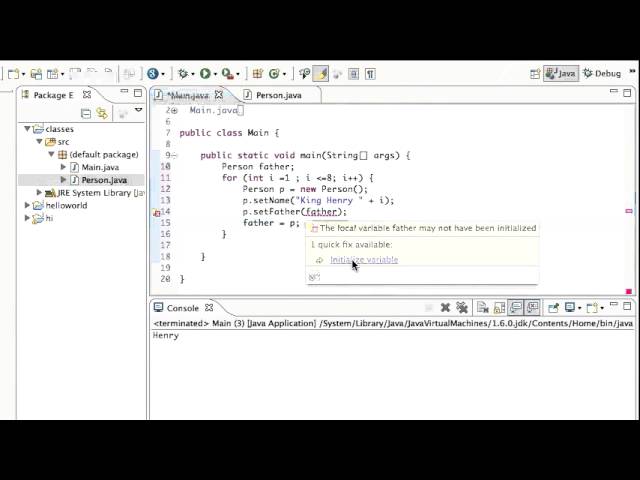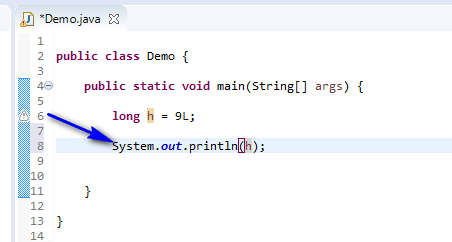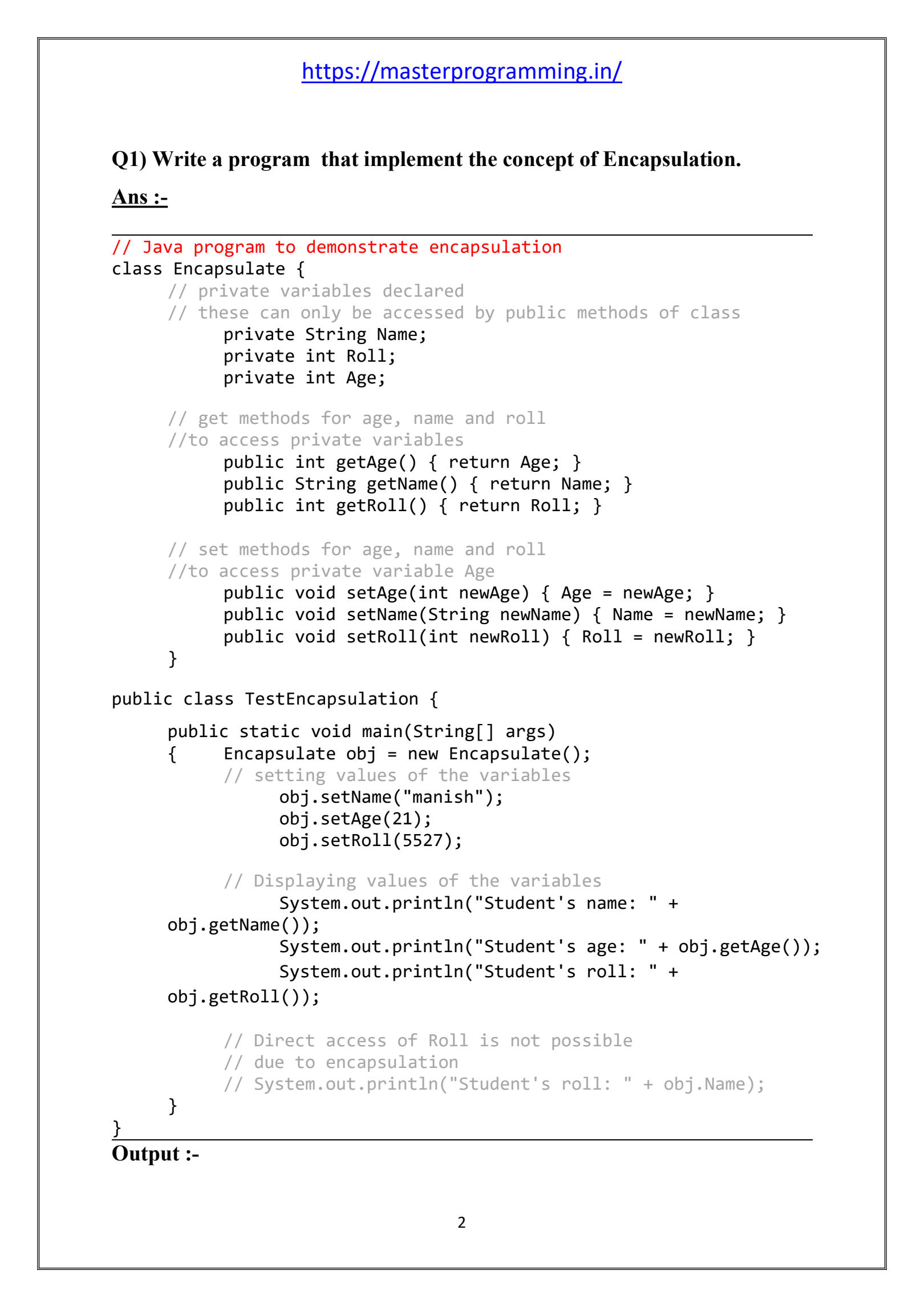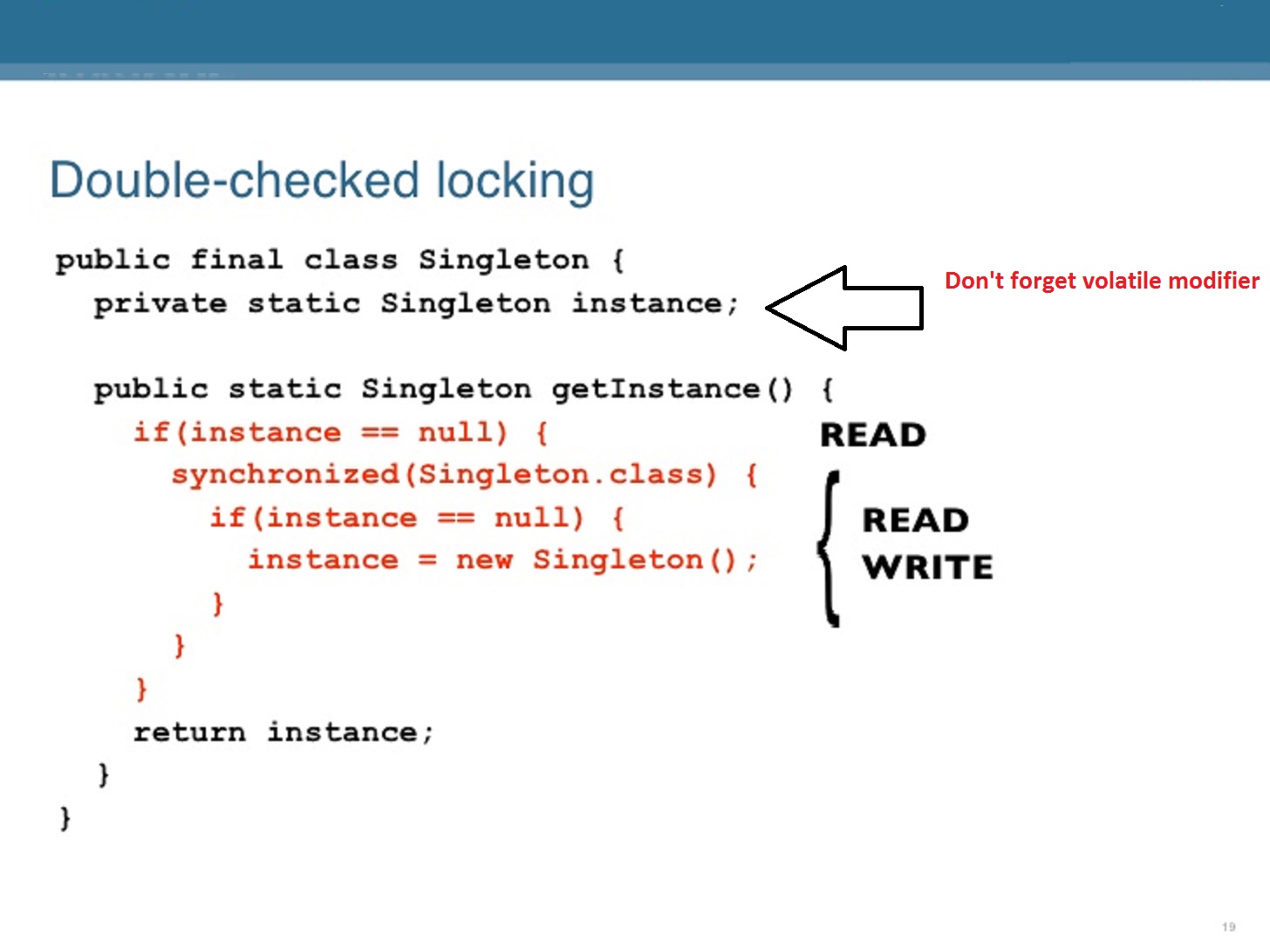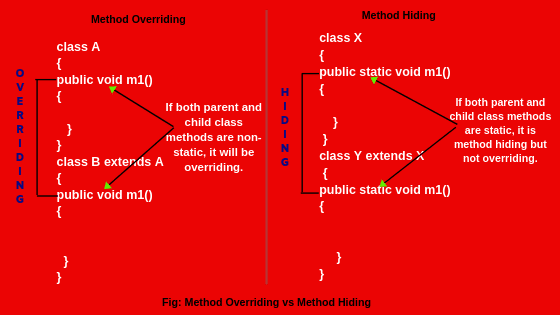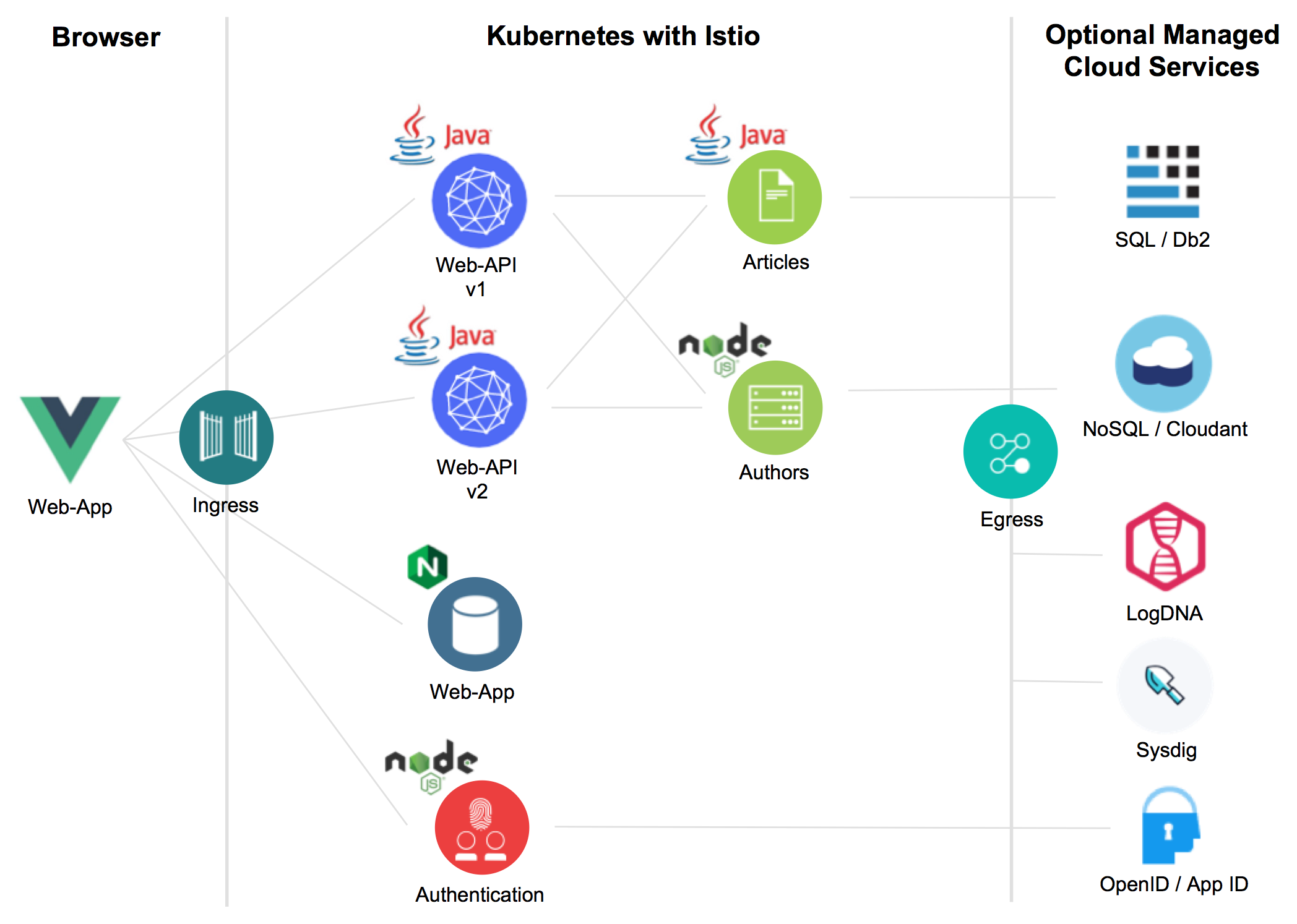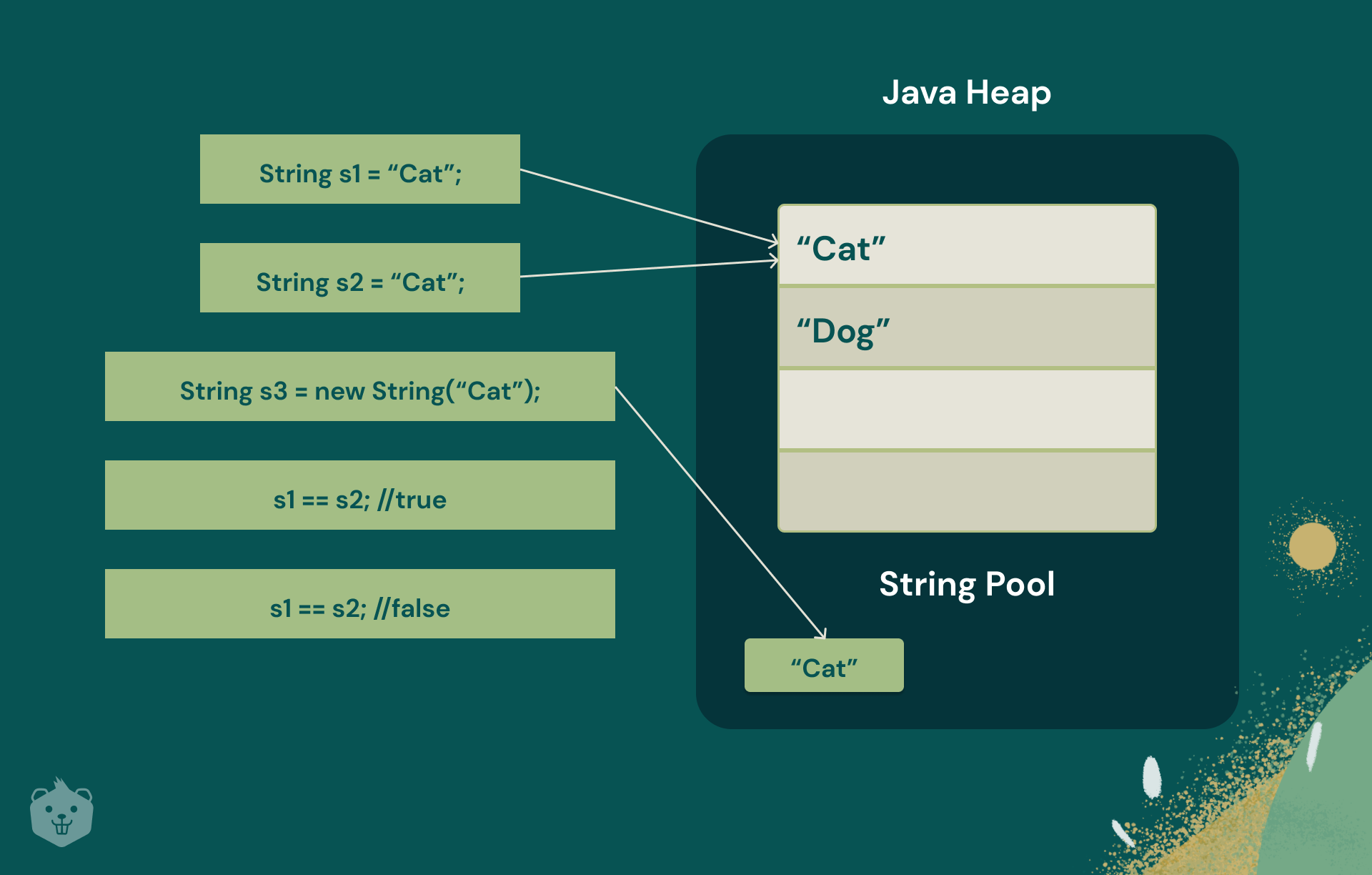Java coroutines example
Java coroutines example

Here's an example of using coroutines in Java:
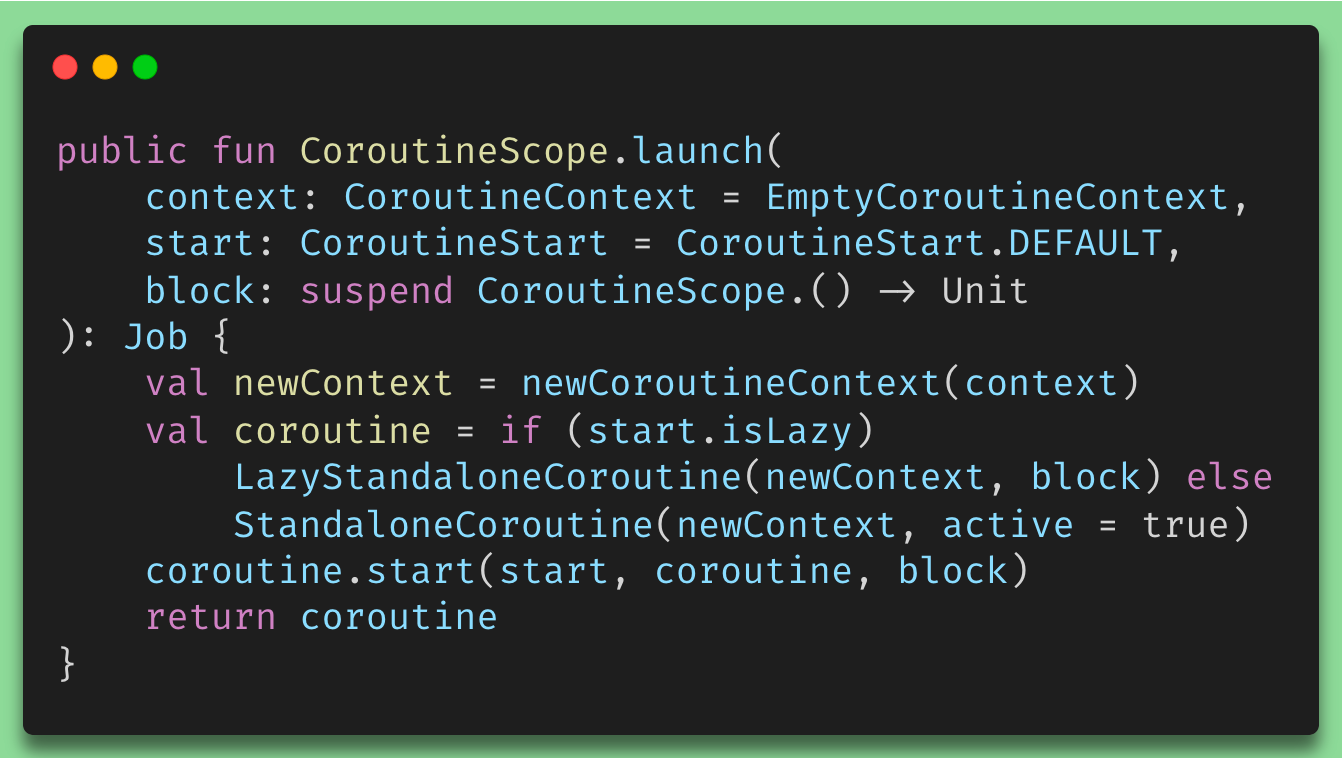
Example: A Simple Chat Application with Multiple Users
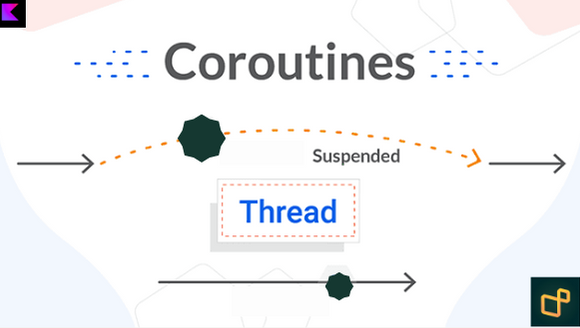
Let's create a simple chat application that allows multiple users to send and receive messages simultaneously. We'll use coroutines to manage the concurrent processing of user requests.
First, let's define our User class:
public class User {private String name;
private Channel inbox;
public User(String name) {
this.name = name;
this.inbox = Channels.newChannel();
}
public void sendMessage(Message message) {
inbox.write(message);
}
public Message receiveMessage() throws Exception {
return inbox.read();
}
}
Next, let's define our ChatServer class:
import java.util.concurrent.Flow.Subscriber;import java.util.concurrent.Flow.Publisher;
public class ChatServer {
private User[] users;
private Publisher messages;
public ChatServer(int numUsers) {
users = new User[numUsers];
for (int i = 0; i < numUsers; i++) {
users[i] = new User("User" + (i + 1));
}
messages = Flow.from(users).publish();
}
public void start() {
messages.subscribe(new ChatSubscriber());
}
private class ChatSubscriber implements Subscriber {
@Override
public void onSubscribe(Subscription subscription) {
// Start processing messages
}
@Override
public void onNext(Message message) {
// Process the message (e.g., print it)
System.out.println("Received message: " + message.getText());
// Send response back to sender
message.getSender().sendMessage(new Message("Server responded"));
}
@Override
public void onError(Throwable t) {
// Handle error
}
@Override
public void onComplete() {
// All messages processed, finish processing
}
}
}
In this example, we create a ChatServer that manages multiple users and handles incoming messages from each user. The start() method starts the message processing by subscribing to the messages publisher.
The ChatSubscriber class represents a subscriber to the messages publisher. When a new message is received (onNext()), it processes the message (in this case, prints it) and sends a response back to the sender using the sendMessage() method.
Now, let's create our Message class:
public class Message {private String text;
private User sender;
public Message(String text, User sender) {
this.text = text;
this.sender = sender;
}
public String getText() {
return text;
}
public User getSender() {
return sender;
}
}
Finally, let's run our example:
public class Main {public static void main(String[] args) {
ChatServer chatServer = new ChatServer(3);
chatServer.start();
// Create users and start sending messages
User user1 = chatServer.users[0];
User user2 = chatServer.users[1];
User user3 = chatServer.users[2];
// Send messages from each user
user1.sendMessage(new Message("Hello, world!", user1));
user2.sendMessage(new Message("Hi, how are you?", user2));
user3.sendMessage(new Message("Hey, what's up?", user3));
// Run for a while to demonstrate concurrency
try {
Thread.sleep(3000);
} catch (InterruptedException e) {
Thread.currentThread().interrupt();
}
}
}
In this example, we create three users and start sending messages from each user using the sendMessage() method. The ChatServer processes these messages concurrently, printing them to the console and sending responses back to each sender.
Running this example demonstrates how coroutines can manage concurrency in Java, allowing multiple tasks to run simultaneously without blocking or using traditional multithreading approaches.
Output:
Received message: Hello, world!
Server responded
Received message: Hi, how are you?
Server responded
Received message: Hey, what's up?
Server responded
...
Note that the output will vary depending on the timing of when each user sends their messages.
java coroutines library
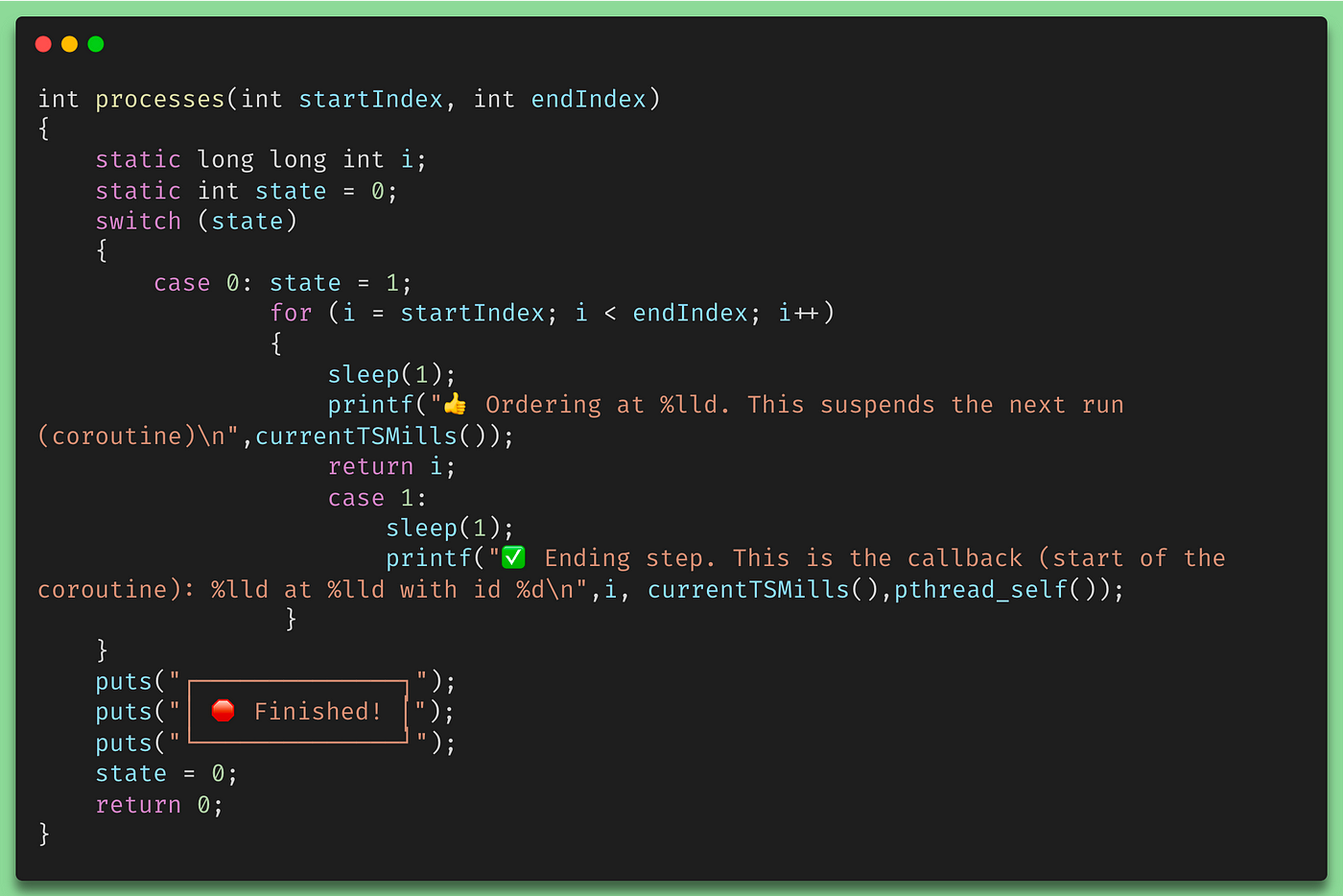
Here's information about a popular Java library for working with Coroutines:
Java Coroutines Library:
To work with Coroutines in Java, you can use the following libraries:

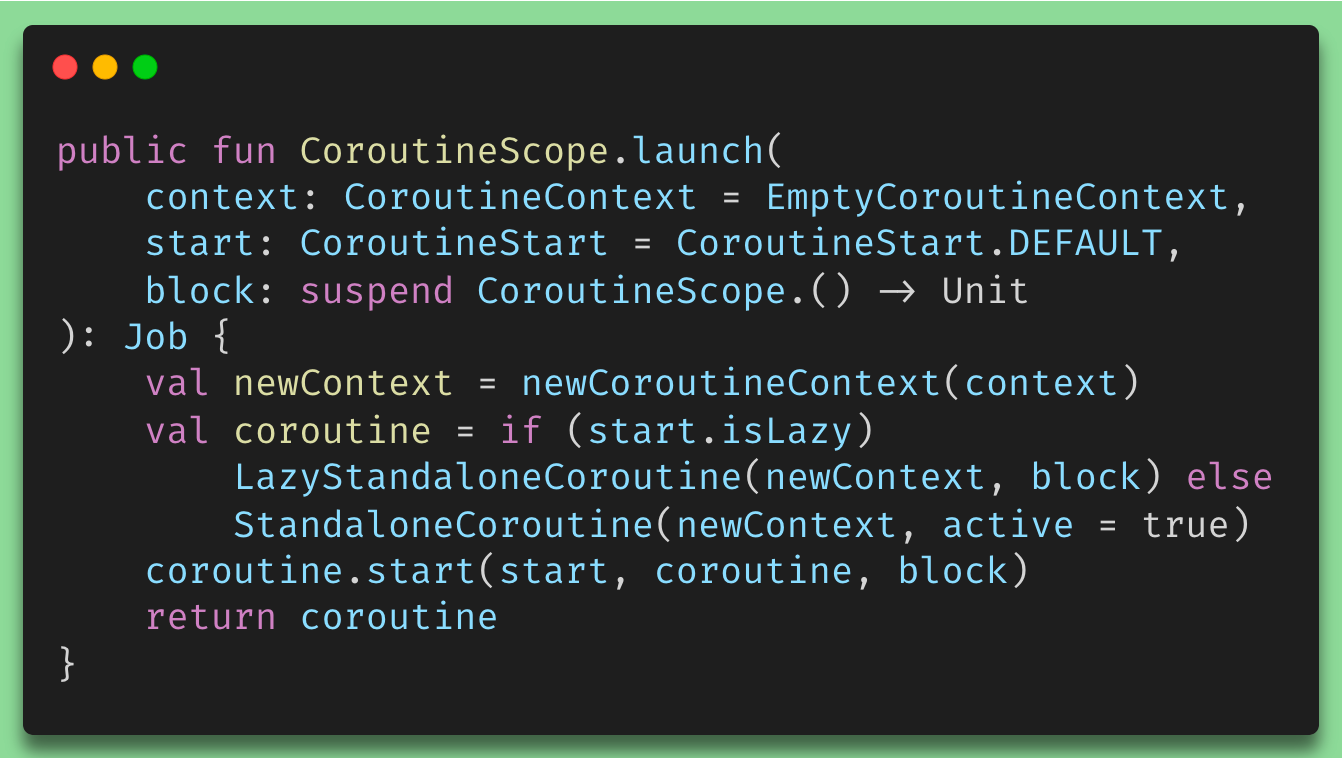
Reactivex is a functional reactive programming (FRP) library for Java that allows developers to write asynchronous code that is more readable, maintainable, and efficient. It provides a lot of useful features out of the box, including:
Coroutines: support for suspending and resuming tasks Observables: publish-subscribe pattern for handling data flows Subjects: a type of Observable that can be used to send messages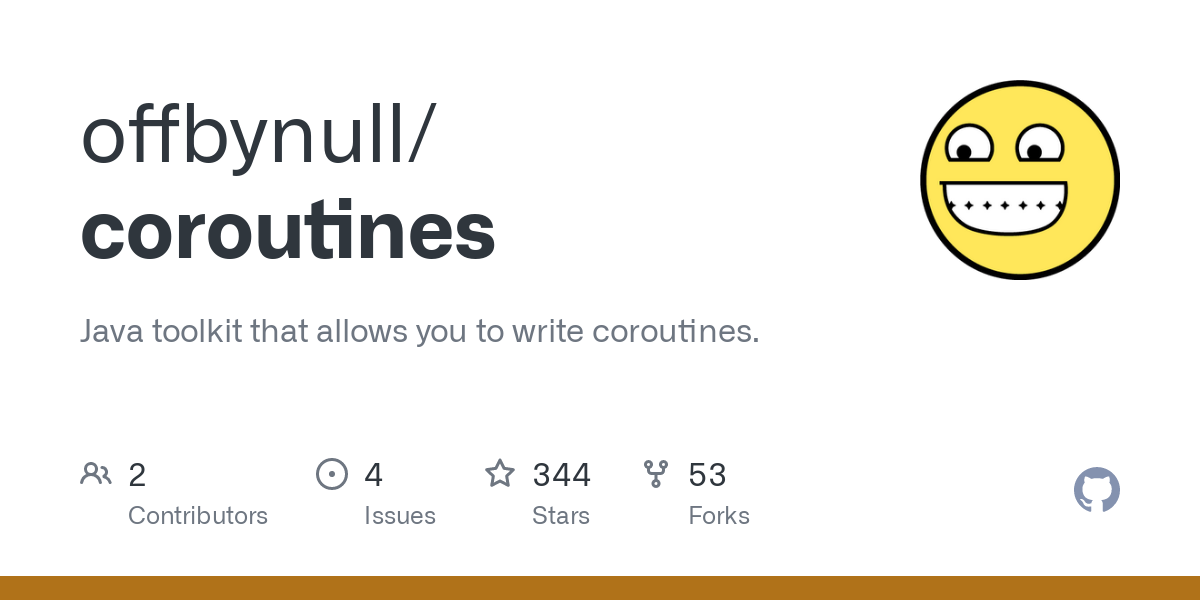
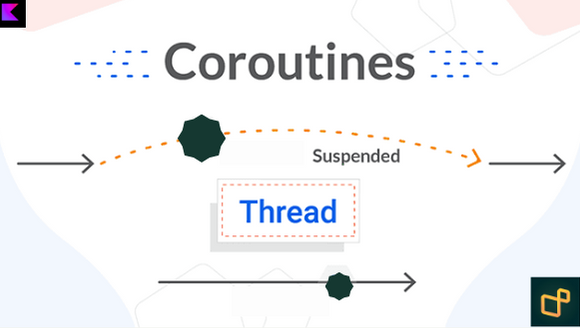
Reactivex is designed to work seamlessly with existing Java libraries and frameworks, making it a great choice for developers who want to incorporate Coroutines into their projects.
Kotlinx.coroutines: This is another popular library specifically designed for Kotlin, which provides support for Coroutines out of the box. While it can be used from Java code as well, Kotlin developers may find it more convenient and integrated with their existing Kotlin development workflow.Why use Coroutines?
Coroutines are a powerful way to write asynchronous code in Java that's easy to read and maintain. Here are some reasons why you might want to use a library like Reactivx:
Better performance: Coroutines can be more efficient than traditional threads or callbacks, since they don't require the creation of new threads or the blocking of other tasks. Easier concurrency: Coroutines make it easier to write concurrent code that's easy to reason about and maintain. More readable code: Coroutines allow you to write asynchronous code that's more similar in style to synchronous code, making it easier to read and understand.How do Coroutines work?
Coroutines are a way to suspend and resume tasks at specific points, allowing other tasks to run in between. Here's a high-level overview of how they work:
Create a coroutine: You create a coroutine by defining a function that returns aCoroutine object. Start the coroutine: You start the coroutine by calling its start() method. Suspend and resume: The coroutine runs until it reaches a suspension point (e.g., an await()) and then suspends itself. You can then resume the coroutine by calling its resume() method.
Overall, Coroutines provide a powerful way to write asynchronous code in Java that's easy to read and maintain, making them a great choice for developers who need to handle concurrent tasks or perform I/O-bound operations.
